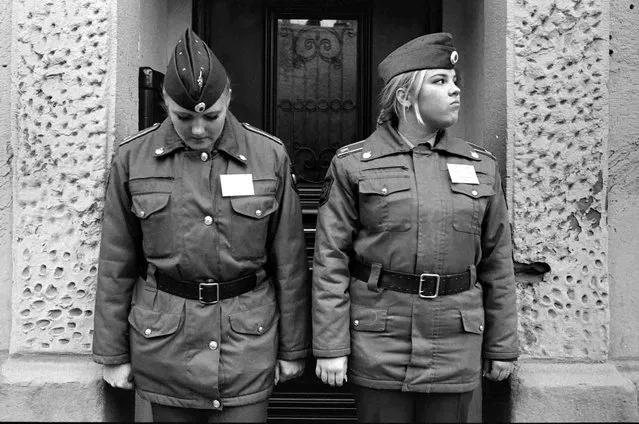21 Oct 2013 11:39:00,post received
0 comments
Details
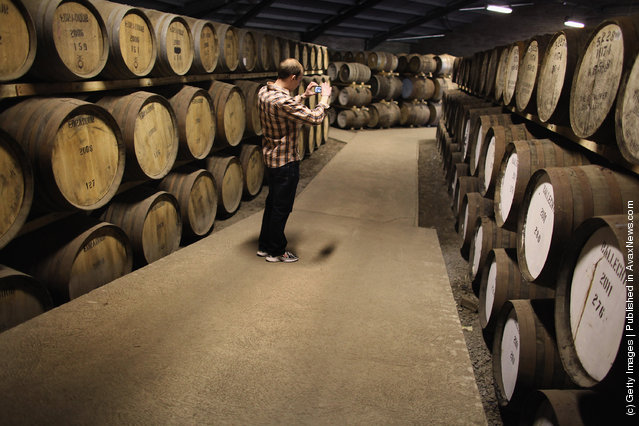
Tourists pay a visit to Edradour distillery on March 26, 2012 in Pitlochry, United Kingdom. (Photo by Jeff J. Mitchell/Getty Images)
28 Mar 2012 10:25:00,post received
0 comments
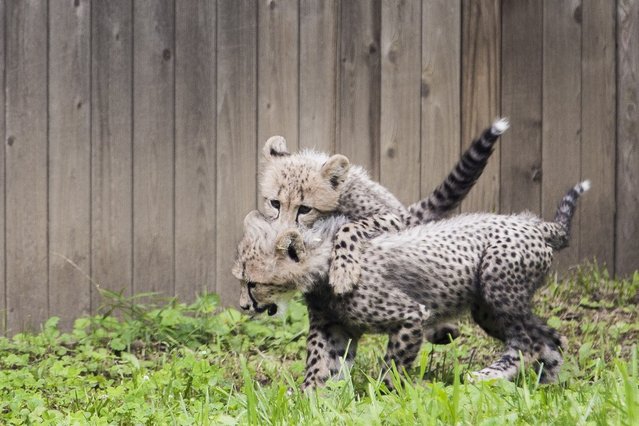
Three-month old cheetah cubs make their public debut at the Smithsonian National Zoo on July 24, 2012 in Washington, DC. (Photo by T.J. Kirkpatrick)
25 Jul 2012 08:54:00,post received
0 comments
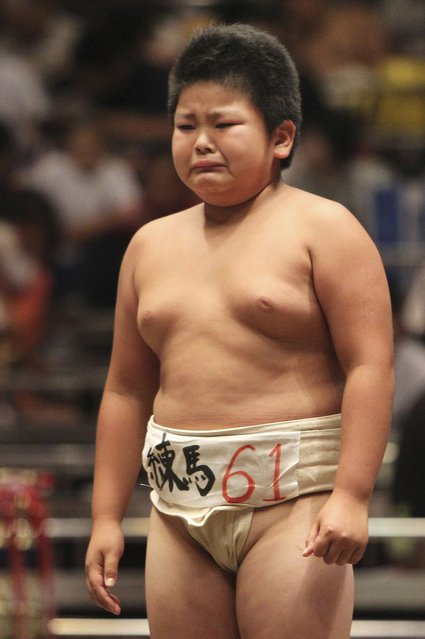
This young boy wrestled with his emotions at the National Children’s Sumo Tournament in Tokyo on July 30, 2012. (Photo by AP Photo/LaPresse)
01 Aug 2012 11:18:00,post received
0 comments
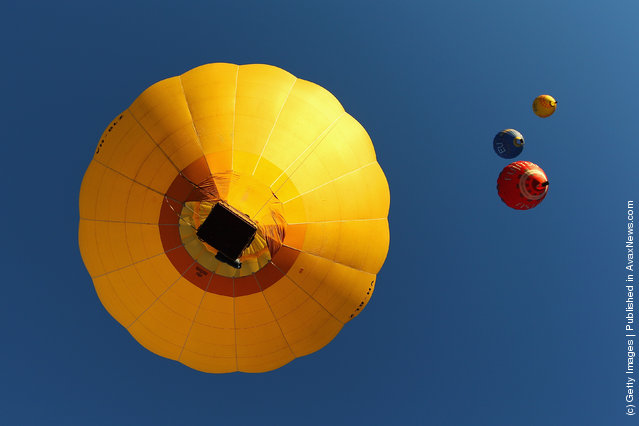
Balloons participate in the Balloon Spectacular during Canberra Festival on March 10, 2012 in Canberra, Australia. The annual balloon festival in Canberra is considered one of the best in the world, and is unique in allowing patrons to float above Parliament, embassies and other government buildings. Canberra is celebrating its 99th birthday in 2012, with over 50 events in the 17 day Canberra Festival. (Photo by Cameron Spencer/Getty Images)
10 Mar 2012 12:09:00,post received
0 comments
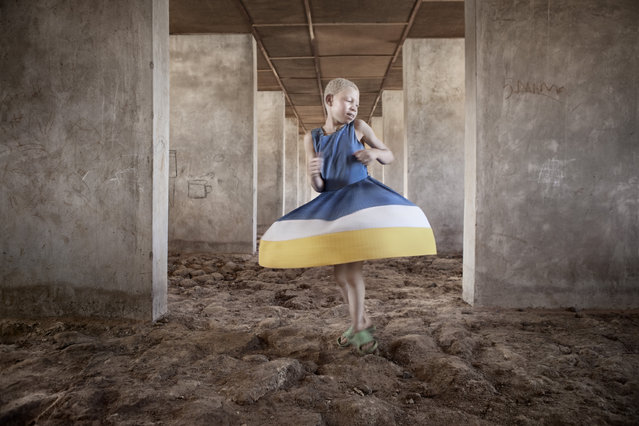
Eleven-year-old Kelen loves to dance in the half-built rooms of the centre in Kabanga Refuge Centre, Tanzania, 2012. The rescue centres protect albino people from the vicious hunters who sell their body parts to witch doctors. Photojournalist Ana Palacios, 43, visited the centre in Tanzania three times between 2012 and 2016 to find out more about the plight of albino people. (Photo by Ana Palacios/Barcroft Images)
01 Oct 2016 11:02:00,post received
0 comments

Mayu adjusts Koiku’s kimono, as Koiku wears a protective face mask while posing for a photograph, before they work at a party where they will entertain with other geisha at Japanese luxury restaurant Asada in Tokyo, Japan, June 23, 2020. (Photo by Kim Kyung-Hoon/Reuters)
23 Jul 2020 00:03:00,post received
0 comments
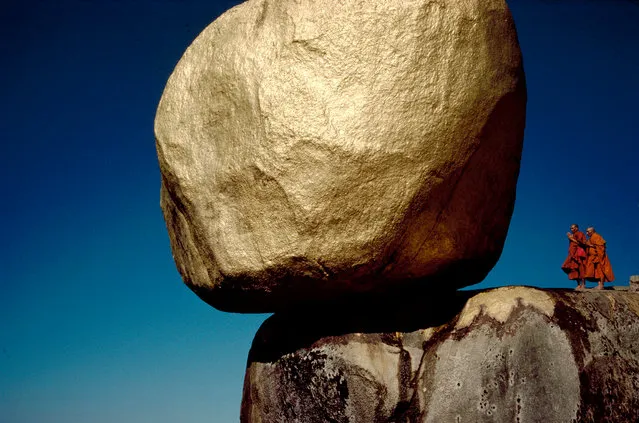
Kyaiktiyo, Burma, 1978. The Golden Rock at Shwe Pyi Daw (the Golden Country), the Buddhist holy place. Hiroji Kubota writes: “I was desperate to keep a distance from America for a while; luckily, I found Burma and its gentle and compassionate people. In the spring of 1978, on the top of the hill where I took this photo, I had two Leica bodies: the one with Tri-X and the other with Kodachrome 64. Soon after, I realised that the colour one looked very colourful and was more powerful. That was my decisive moment, to become a colour photographer”. (Photo by Hiroji Kubota/Magnum Photos)
10 Jun 2016 13:30:00,post received
0 comments
Last searches:

